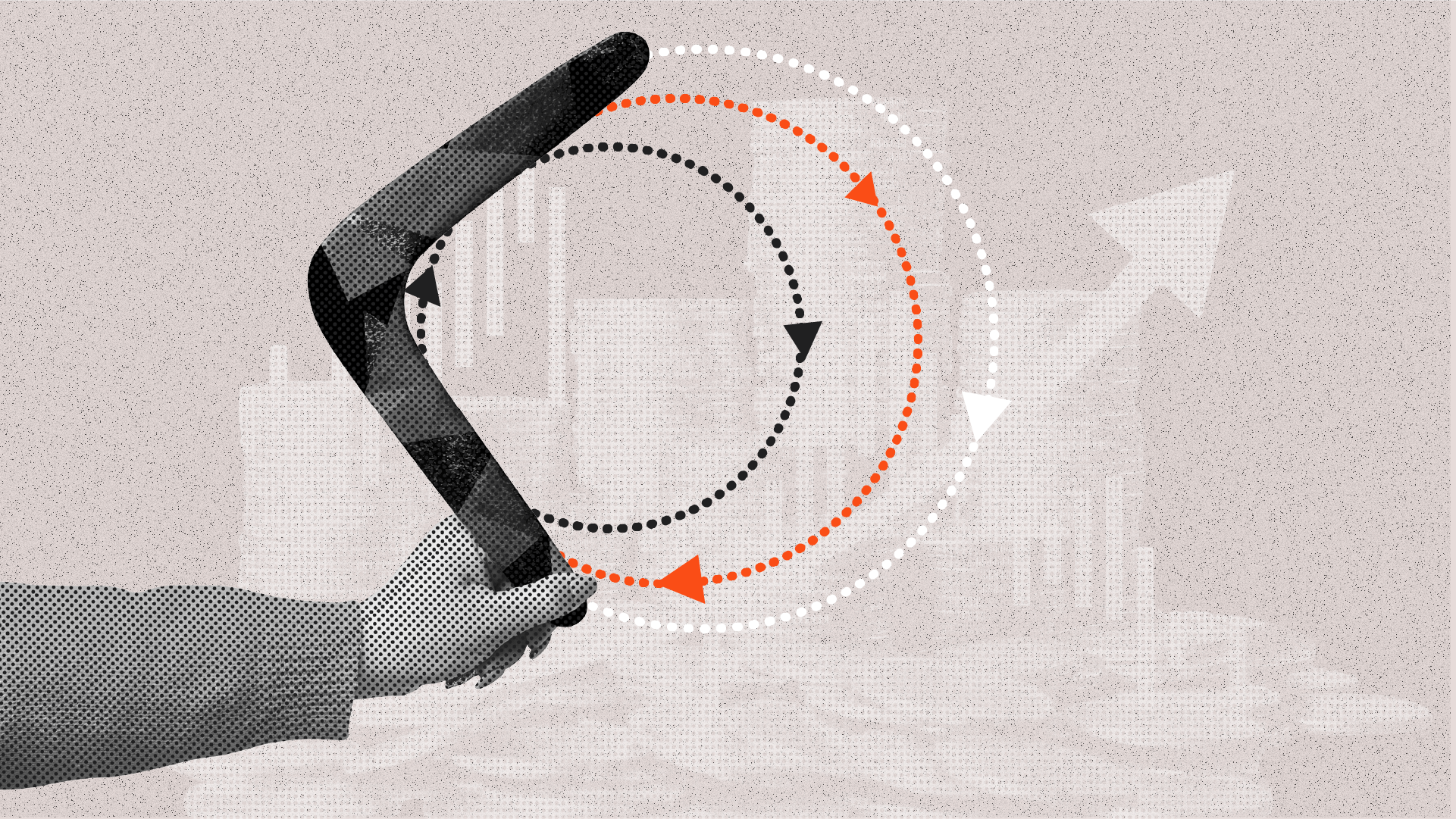

David Bassanese
Betashares Chief Economist David is responsible for developing economic insights and portfolio construction strategies for adviser and retail clients. He was previously an economic columnist for The Australian Financial Review and spent several years as a senior economist and interest rate strategist at Bankers Trust and Macquarie Bank. David also held roles at the Commonwealth Treasury and Organisation for Economic Co-operation and Development (OECD) in Paris, France.
Summary
- Portfolio diversification means having your money invested in a range of asset classes
- The beauty of ETFs is that a diversified portfolio with exposure to a range of asset classes is possible using only a handful of investments easily accessible on the ASX
- ETFs make it simple and cost-effective to construct a diversified portfolio, and to maintain your desired asset allocation over time
The full risk-reward spectrum: from shares to cash
Cash and Australian equities are examples of two asset classes with very different risk and return characteristics.
At one end of the risk/return spectrum, equities can be volatile – but also tend to offer relatively high returns compared to keeping your cash in the bank. In the 10 years to 31 December 2020, for example, Australian shares1 generated a return of 7.8% p.a. In three of those years, returns were greater than 20%, though in two years returns were negative.
Investors can gain exposure to the top 200 companies on the Australian sharemarket in a single ASX trade, via the A200 Australia 200 ETF , at a management fee of just 0.07% p.a.2
At the other end of the spectrum, over the same period, the compound annual returns from cash (as conventionally measured among fund managers by an index of short-term bank debt securities called ‘bank bills’) was only 2.4%, though with no negative return year. Cash returns in more recent years have been even lower, thanks to the decline in interest rates.
If you want to simply invest some of your money in cash, that’s also possible through an ETF, such as the AAA Australian High Interest Cash ETF – and often with attractive yields compared to locking your money up in more inflexible term deposits.
Diversification doesn’t end there. Other asset classes, all of which can be invested in conveniently and cost-effectively via ETFs, include:
International equities tend to be as volatile as Australian equities and have offered similar returns over time – but the beauty of blending them with Australian equities is that it can lower overall return volatility, as the returns of the two are not perfectly correlated.
A key reason for the differences between the performance of Australian and international sharemarkets is that the Australian market is top-heavy in banking and resource stocks, while global markets – especially the U.S. – typically have a higher weighting in technology stocks.
Australian investors could consider combining an Australian equities exposure, such as A200, with one or more ETFs offering international exposure. There is a wide range of ETFs offering international exposure, including to:
- the U.S. market
- global shares
- particular regions, such as emerging markets, or countries, and
- sectors, such as global banks.
Spreading your equities allocation across several ETFs reduces your exposure to any one sector or market doing especially poorly at any given time.
Looking beyond equities
Arguably one of the best ways to diversify a share portfolio is to add fixed-rate bonds. Australian bonds3 produced returns of 5.6% p.a. over the decade to 31 December 2020, with no negative return years – though lower interest rates mean likely returns over the next few years will be less than that.
Bonds have tended to do best when interest rates are falling, which also has happened to be when economic growth and equities have been weak. Although it’s not always the case, equities and bonds typically have enjoyed negatively correlated returns – especially in major risk-off periods such as last years’ COVID crash and the global financial crisis a decade ago.
Bonds have tended to offer lower returns over time than equities, but their volatility has also been lower. And the beauty of the negative return correlation with equities is that blending exposure to both asset classes has the potential to improve ‘risk-adjusted’ portfolio returns – helping to lower portfolio volatility significantly without giving up much return.
ETFs are available on the ASX that offer exposure to both corporate and government bonds, both Australian and international.
Finding a middle ground - hybrids
One relatively new type of asset class exposure that is also available through ETFs are hybrid securities (or ‘hybrids’) – which have risk and return features somewhere between that of traditional fixed rate bonds and equities.
Especially in these income-challenged times, hybrids can offer attractive income returns – including franking credits – typically above that of cash and fixed-rate bonds, and with return volatility somewhere between that of bonds and equities. The HBRD Active Australian Hybrids Fund (managed fund) invests in a diversified portfolio of hybrid securities, actively managed with the aim of reducing the volatility and risk associated with owning hybrids directly.
What does a diversified portfolio look like?
Portfolio maintenance
To ensure your asset allocation remains in the range you prefer, it’s important to review and rebalance your portfolio over time. For example, if equities have had an especially strong year, they may now represent a higher proportion of your portfolio than you would like. You might consider reducing your exposure to equities back to a level you are comfortable with.
If your equities exposure is in the form of a few ETFs, this adjustment is easy to make, requiring only a small number of transactions. Compare this with a direct holding of multiple individual shares, which could require many transactions if each holding is to be reduced proportionally.
Learn more
To learn more about ETFs and how they could to help you achieve your investment goals, visit our Betashares Education Centre.
1. As measured by the S&P/ASX 200 Index. Past performance is not indicative of future performance of any index or ETF. Index performance does not take into account ETF fees and costs. You cannot invest directly in an index.
2. Other costs, such as transaction costs, may apply. Refer to the Product Disclosure Statement for more information.
3. Australian bonds represented by the Bloomberg AusBond Composite Bond Index. Past performance is not indicative of future performance.
| Investing involves risk. The value of an investment and income distributions can go down as well as up. Before making an investment decision you should consider the relevant Product Disclosure Statement (available at www.betashares.com.au) and your particular circumstances, including your tolerance for risk, and obtain financial advice. An investment in any BetaShares Fund should only be considered as a component of a broader portfolio. |
David is responsible for developing economic insights and portfolio construction strategies for adviser and retail clients. He was previously an economic columnist for The Australian Financial Review and spent several years as a senior economist and interest rate strategist at Bankers Trust and Macquarie Bank. David also held roles at the Commonwealth Treasury and Organisation for Economic Co-operation and Development (OECD) in Paris, France.
Read more from David.

